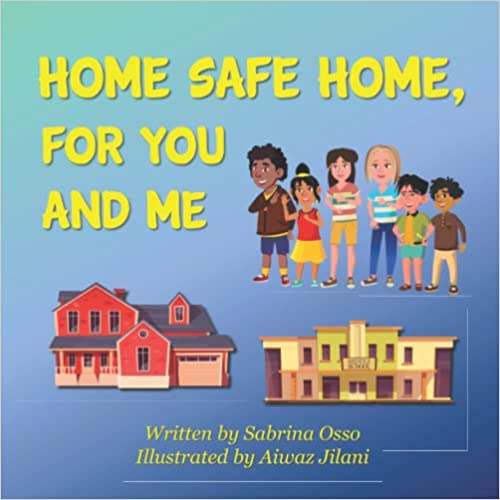Written by: Jeff Rasley
I hope your listeners find our discussion during the podcast about depression and suicide meaningful. It was for me. I thought they might find an excerpt from 72 Wisdoms about the incident in which I “talked down”, or “listened down”, my classmate interesting.
From the book…
My usual walk was from my house down to the beginning of the Mill Race, which is a canal that snaked past the backyard of our house on Gra-Roy Drive. The Elkhart River flows into a reservoir and then out the other side of the reservoir over a low-head dam. Some of the water from the reservoir is diverted through a controlled head gate into the Mill Race. The area below the dam and along the river is surrounded by woods with a well-worn trail from the feet of neighborhood kids. Either the dam or the end of the trail
through the woods was my usual turn-around destination for those troubled teen-years walks.
One late autumn evening, when I was sixteen, I walked down to the dam after dark. I don’t remember the specific issue I was pondering, but I’m sure it was some form of adolescent angst or alienation. I planned to station myself on the top of a concrete flood-wall which overlooked the near side of the dam. If I stood on top of the flood wall, I could listen to the water rushing over the dam and see moon and star light glowing on the placid water of the reservoir. Whenever I did that, the view and sound of the tumbling
water in the darkness both calmed and excited my adolescent soul. I usually felt renewed, less anxious, and empowered on the walk home.
As I quietly approached the flood wall that fall night, I was surprised to see a figure already standing on top of the one-foot wide wall. It was too dark to make out the person’s features clearly, but as I got closer I could tell it was a girl, and she was crying. I cautiously made my way up near her on top of the wall, and gently asked if she’d like to talk.
It took awhile before I recognized the girl was a classmate of mine. I barely knew her. She lived on the other side of town, and we ran in different social circles. But I did recognize the figure in the darkness that night as her. Through tears and with a choked up voice, Vera told me that she had planned to kill herself by jumping off the wall into the water flowing over the dam. I was shocked, but, as best as I could, kept my voice calm and level. My immediate plan was to keep her talking.
I don’t remember exactly what I said to her. I know I mostly encouraged her to keep talking. She told me about some truly terrible things that had happened within her family. I won’t go into details beyond mentioning that what she related included sexual abuse. I think we talked for at least half an hour. She decided not to jump. She asked me not to tell anyone at school that she had intended to commit suicide.
Whenever I saw Vera in the hallways at Goshen High School, we never spoke of our encounter that night by the dam. In fact, I don’t remember ever speaking to her again while we were in high school. But when we made eye contact passing each other in the hallway, we nodded in recognition. I saw gratitude in her eyes.
I saw Vera at a class reunion a couple decades after high school graduation. We talked for a few minutes, and I learned that she was doing well. She had a career, marriage, and children. Without mentioning why, she hugged me and whispered a quick thank you into my ear as we parted.
… The “wisdom” of this chapter from the book is that at critical times the best thing we can do for someone in need may be to just be there and listen. All of us will need that kind of compassionate presence sooner or later. Thank you, Randi, for letting me share one of the 72 Wisdoms with your listeners and readers.
Get the book here (affiliate link)


